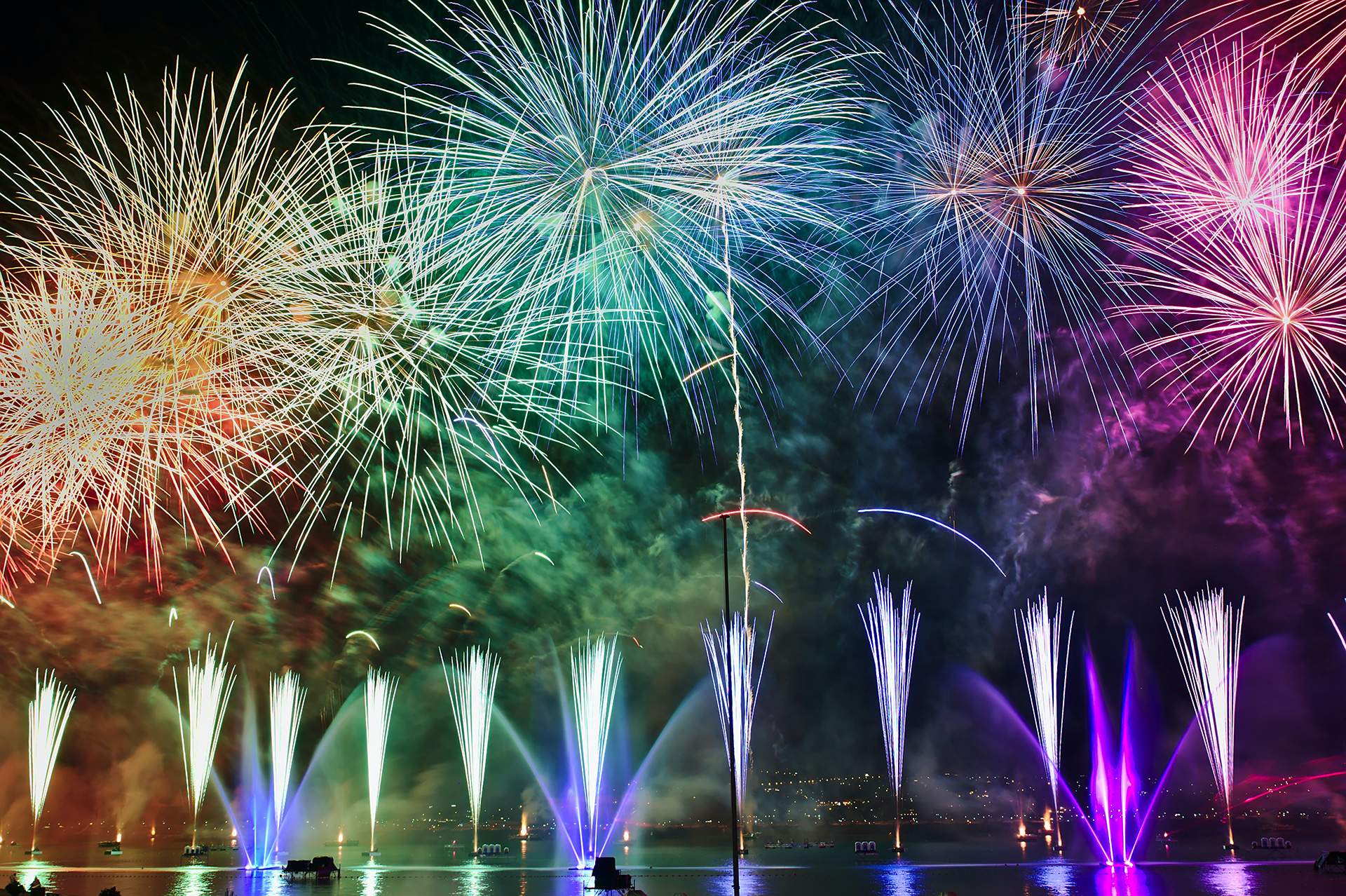
Handle with care. Fireworks safety in the time of COVID-19.
(CHICAGO, IL)—
To say that we all could use a cause for celebration these days is an understatement. COVID-19 entered our lives only this past spring and has left a trail of illness and death. The pandemic has also given cause to ‘lesser’ effects and disappointments none the less with a plethora of cancellations from schools and camps to graduations and parties.
Now, as we come upon the 4th of July, traditionally a time to celebrate summer, we are faced with more of the same. As far back as any of us can remember, fireworks are used to mark special events and holidays. But, this year, most professional firework shows have been canceled to avoid crowds and transmission of the virus. This includes the ‘extra’ summer displays at baseball games and other events, most of which have been canceled as well. Seems like a perfect time to take advantage of Illinois’ move into Phase 4 and a loosening of restrictions. A backyard barbecue, a few beers and a homemade fireworks display to replace the professional one can appear to have all the makings of a small scale celebration…finally. Yet, it is important to know and appreciate that fireworks are not safe in the hands of consumers. As will be seen, fireworks cause thousands of injuries each year, on the 4th or any other time throughout the summer months.
No one is more keenly aware of this than Jeffrey Kroll, Partner with Kaveny + Kroll Trial Lawyers (www.kavenykroll.com) in Chicago. Kroll has represented a number of individuals injured or killed due to fireworks accidents. “Despite fireworks being illegal in the State of Illinois without a permit, it’s not difficult to obtain fireworks, but it’s also not difficult to get injured by them,” says Kroll.
“It’s also not unusual for children to be playing with sparklers,” says Kroll. “Many believe sparklers are a fun and safe alternative for young children, must do not know sparklers account for roughly 25% of all emergency room firework injuries. To put things in perspective, water boils at 212 degrees Fahrenheit, cakes bake at 350 degrees Fahrenheit, wood burns at 575 degrees Fahrenheit, and glass melts at 900 degrees Fahrenheit. Sparklers burn at 1200 degrees Fahrenheit.”
In a catastrophic accident that followed an errant firework explosion in a group of minors at Bloom Township High School, Kroll obtained a settlement for the children permanently burned and scarred by the fireworks. “It is simple to say that fireworks displays are inherently and abnormally dangerous and ultra-hazardous activities. Combine this with alcohol and you have a sure-fire recipe for disaster,” attests Kroll.
Not isolated instances, children aged 10-14 have the highest rate of firework injuries with more than 1/3 of the victims of firework injuries occurring to children under the age of 15. Yet, it is not just children getting injured. Burns account for close to 45% of the 91,000 injuries treated in the emergency rooms seen in the month around July 4th, half of those injuries were to the extremities and 34% were to the eye or other parts of the head.
Personal injury aside, Fireworks started an estimated 19,500 fires in 2018, including 1,900 structure fires, 500 vehicle fires, and 17,100 outside and other fires. These fires caused five deaths, 46 civilian injuries, and $105 million in direct property damage.
“Even more so, keep in mind that a pandemic is not the time for a fireworks related visit to the ER,” says Kroll. “It is the time to stick with the simple and safer stuff such as sparklers, crafts and even silly string. It’s our best bet to assure that a cause for celebration doesn’t turn into yet another cause of concern.”

